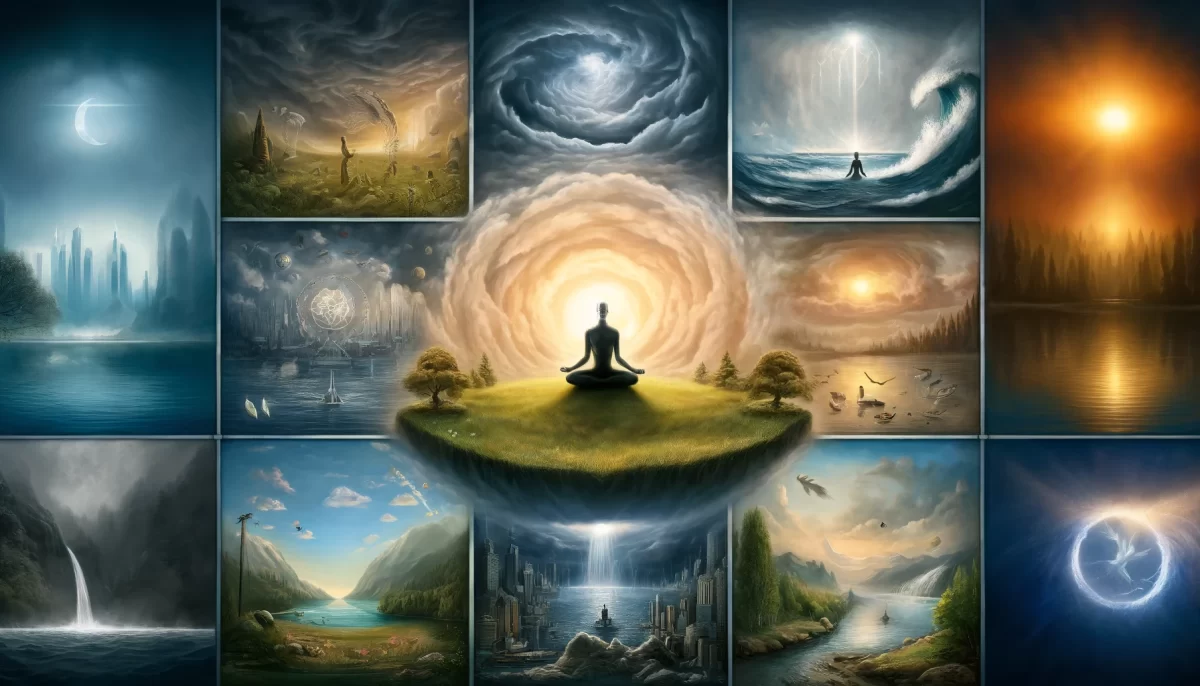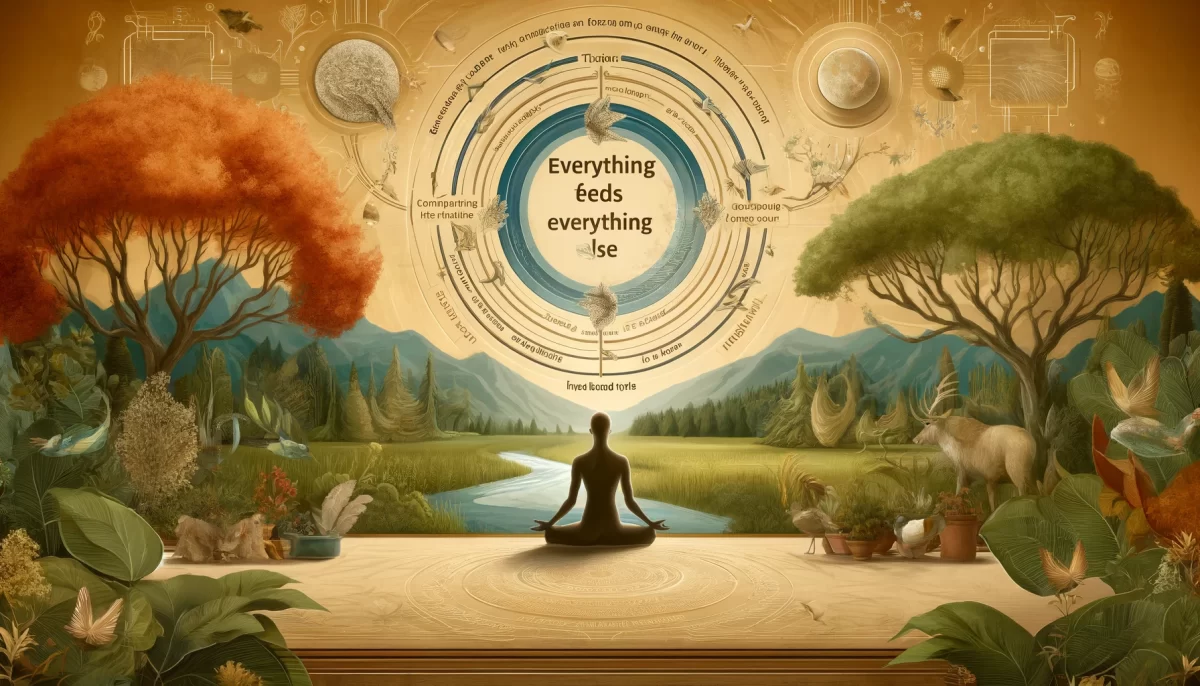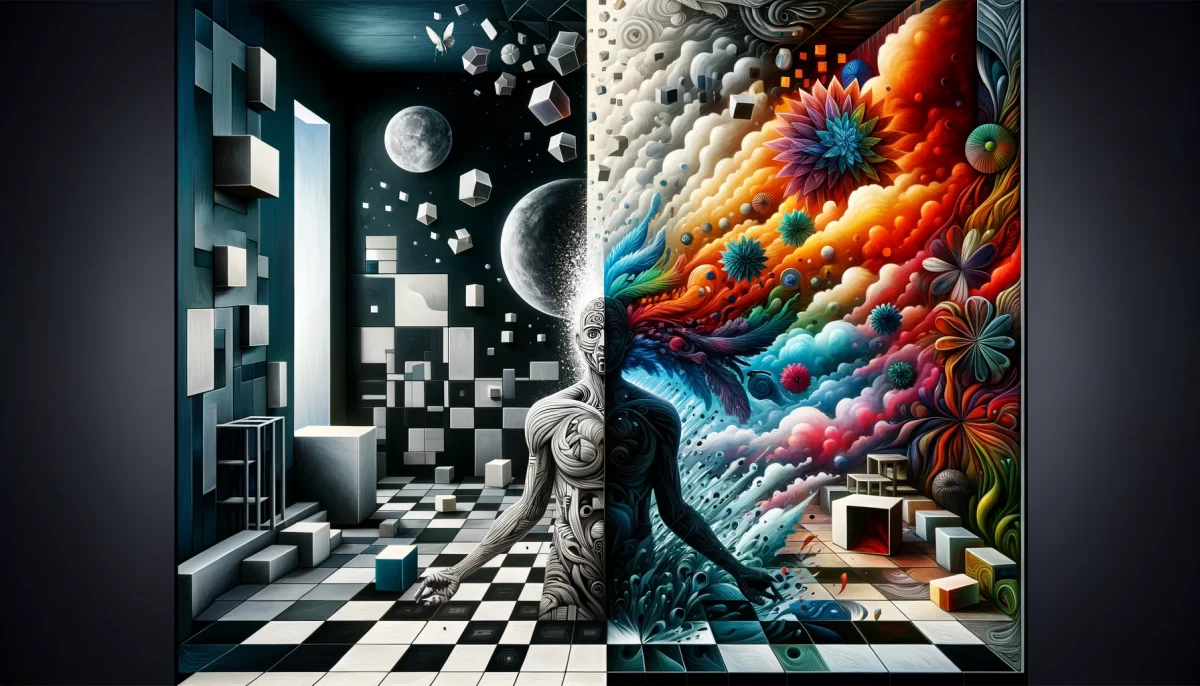To find peace in ANY situation:
To find peace in ANY situation, know that these experiences are fleeting and they are EXACTLY as you perceive them. If you perceive them to be bad, they are bad. If you perceive them to be pleasant, they are pleasant.
Pay attention not to your situation, but to your perception of the situation. Do not perceive things based upon what the mind tells you. Perceived based on what you feel, clear of your confused conditioning. This information, which tells you to behave or act a certain way, often causes discomfort for it is incongruous with the way things actually are.
In actuality, no situation has the ability to cause you discomfort, only your perception can do that. And you can change your perception at any time once you stop worshipping at the shrine of all you have been taught to believe.
Even what you view today as the most profound sadness has great beauty within, for sadness is the perception of loss or denial and NOTHING is ever lost or denied within the greater consciousness of what you are. Within this greater consciousness, we can have whatever experience, whatever desire, whatever outcome we wish, so there is no injustice, no tragedy, no lack whatsoever.
These ideas are just perceptions that you create within your human play. Therefore, peace is always with you unless you wish to experience something other than peace. And so you do.
Space Monkey Reflects: The Tranquility of Perception
In the vast, unfolding drama of existence, peace is not a destination to be reached but a perspective to be embraced. The quest for tranquility in any situation begins not with altering the external world, but with transforming our perception of it. This journey inward, to the core of our being, reveals that peace is a state of consciousness accessible at any moment, under any circumstances, awaiting our recognition and acceptance.
The realization that experiences are transient and shaped by our perceptions offers a liberating perspective. If we perceive a situation as adverse, it becomes so through the lens of our interpretation. Conversely, if we choose to see the same situation as beneficial or neutral, it transforms into an experience that can foster growth and understanding. This understanding emphasizes the power of perception and the importance of observing not the situation itself, but our perception of it.
The mind, with its conditioning and preconceptions, often dictates our interpretation of events, leading us to react in ways that may not align with our true essence. It tells us stories about how we should feel or respond, creating a dissonance between our conditioned reactions and the reality of our experiences. Recognizing this dissonance is the first step towards changing our perception, moving away from the mind’s narratives to a more intuitive, heart-centered understanding of our experiences.
True peace arises from the recognition that no external situation has the inherent power to disturb our inner tranquility unless we allow it to. This power lies in our perception, which we can choose to change once we free ourselves from the limitations imposed by our beliefs and conditioning. This shift in perspective opens us to the beauty present even in experiences traditionally perceived as negative, revealing that what we often see as loss or injustice is, from a broader consciousness, part of the continuous flow of existence where nothing is truly lost or denied.
The greater consciousness of our being holds infinite possibilities for experience, desire, and outcome. It is a space where the concepts of injustice, tragedy, and lack do not exist, except as perceptions we create within the confines of our human experience. This realization brings to light the understanding that peace is an ever-present reality, obscured only by our choice to engage in experiences that diverge from it.
Summary
Finding peace in any situation begins with recognizing the power of perception over external circumstances. Our experiences are transient and shaped by how we perceive them. True peace comes from within, accessible by shifting our perception away from the mind’s conditioned responses to a heart-centered understanding. Even in adversity, we can find beauty and tranquility by viewing our experiences through the lens of a broader consciousness, where peace is an inherent state, only obscured by our engagement with contrasting experiences.
Glossarium
- Perception: The interpretation and meaning we assign to our experiences, which can be shifted to change our emotional and psychological response to situations.
- Conditioning: Preconceived notions and learned behaviors that shape our reactions and perceptions, often unconsciously.
- Greater Consciousness: The expansive, interconnected awareness that transcends individual experience, holding infinite possibilities for existence and perception.
“In the calm of the heart, we discover the mirror of the universe, reflecting back not the turmoil of the world, but the peace that resides within. Here, in this sanctuary of perception, we find that peace is not a place to reach but a choice to make, a perspective to embody.” – Space Monkey
In the heart’s still waters, peace resides,
reflecting the world through gentle tides.
Beyond the storm, beyond the fray,
within our perception, tranquility lays.
In the dance of light and shadow, we find,
the power to transform, to shift the mind.
From turmoil to peace, from fear to love,
guided by wisdom from the stars above.
Here, in the silence of the inner space,
we embrace the calm, the eternal grace.
For peace is not a prize from the external,
but a truth within, profound and eternal.
With each breath, a choice to see,
the beauty in all, the tranquility to be.
For in our perception, the world takes shape,
a canvas of peace, without escape.
We are Space Monkey.






















The passage you’ve shared highlights the idea that finding peace in any situation relies on our perception and the understanding that experiences are fleeting. It suggests that our perception determines whether a situation is viewed as positive or negative, pleasant or unpleasant.
The emphasis is placed on paying attention to our perception of the situation rather than solely focusing on the situation itself. The passage encourages us to look beyond the conditioning of our minds and instead perceive based on what we truly feel, free from confused beliefs and conditioning. It suggests that discomfort often arises from the conflict between our conditioned beliefs and the way things actually are.
The passage asserts that no situation itself has the power to cause us discomfort; rather, it is our perception of the situation that influences our experience. It reminds us that we have the ability to change our perception at any time by letting go of the beliefs we have been taught and no longer serving us.
Furthermore, the passage offers a perspective that even in profound sadness, there exists beauty because sadness is a perception of loss or denial, and within the greater consciousness of what we are, nothing is truly lost or denied. It suggests that within this expanded consciousness, we have the freedom to experience and desire anything, and there is no injustice, tragedy, or lack.
Ultimately, the passage suggests that peace is always available to us unless we consciously choose to experience something other than peace. It implies that our perceptions and beliefs shape our experiences and that we have the power to shift our perception to align with peace and harmony.
The ideas presented encourage a shift in perception and a deeper exploration of our beliefs and conditioning to find peace and clarity within ourselves.